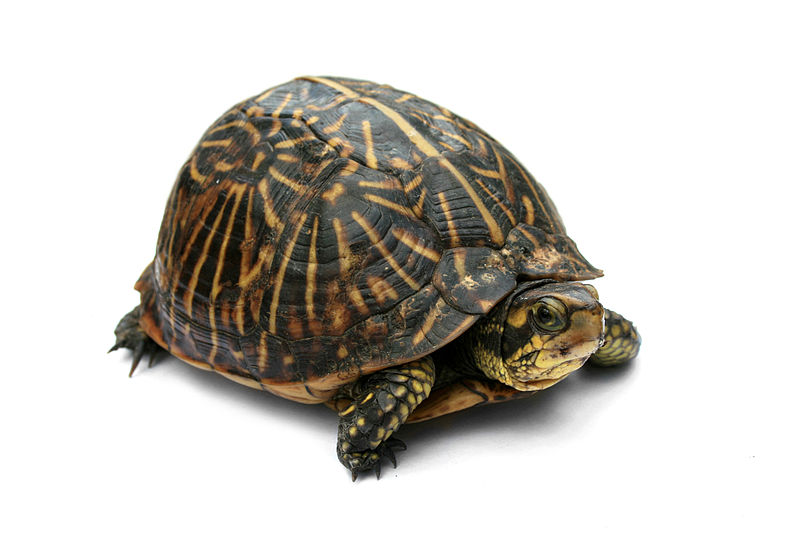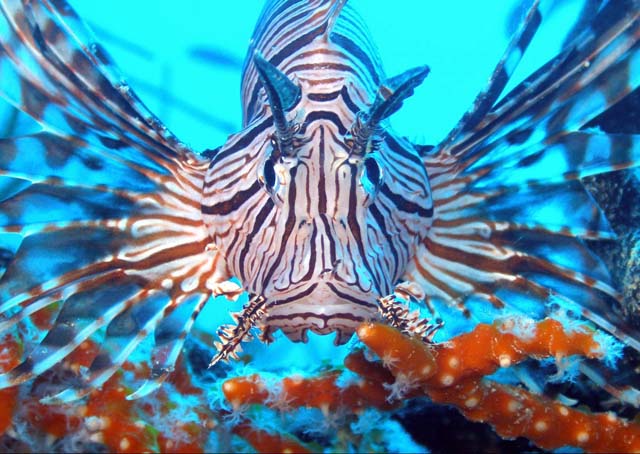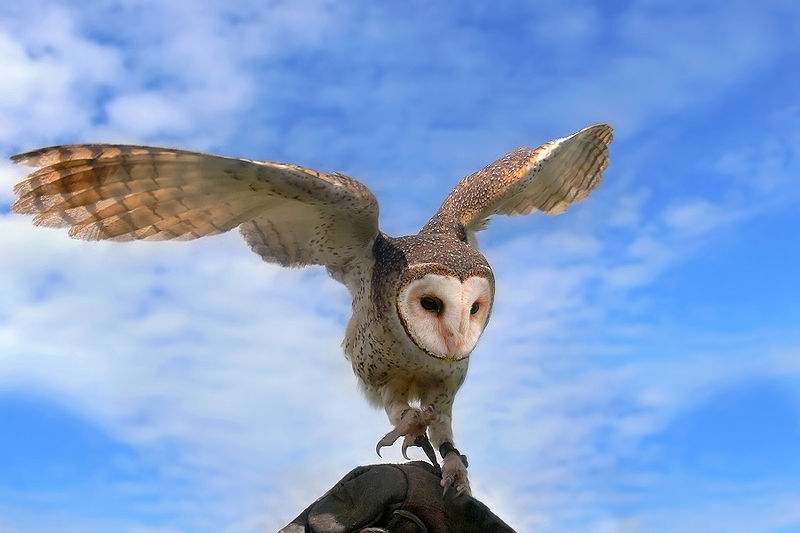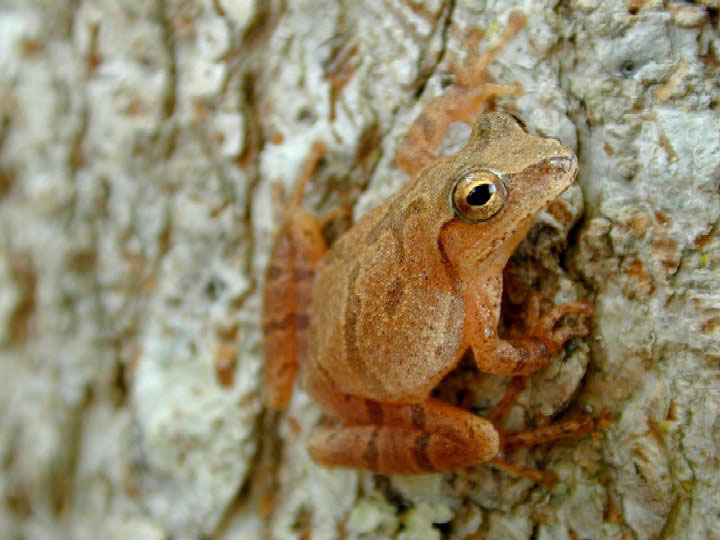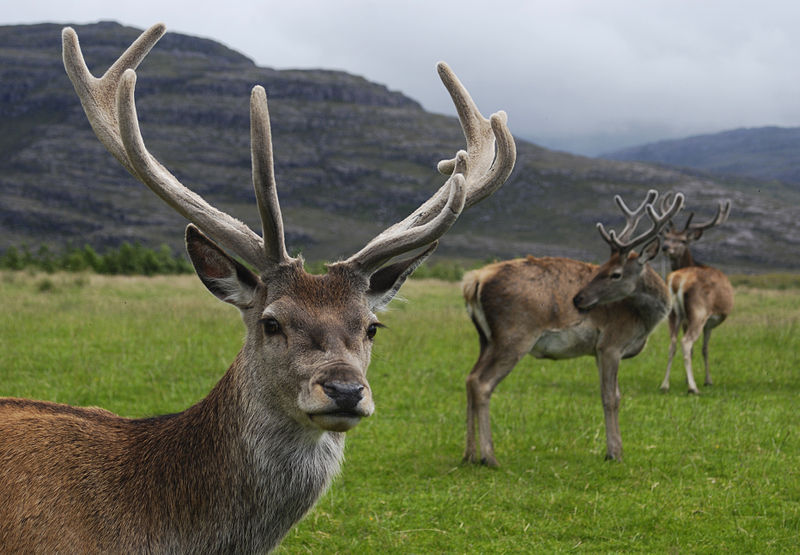
If you Google today’s animal, you will most likely come up with a city in Alberta. But on Wild Facts, we are strictly looking at one of the largest deer species in the world, the Red Deer. It probably would have made a lot of sense if this ungulate could actually be found around the Canadian city, however, the Red Deer prefers the other side of the pond. More specifically they can be found in Europe, Asia and even Africa – the only deer species found on the African continent. Similarly, they have been introduced to other regions including Australia, New Zealand and Argentina.
One Big Deer
As mentioned, the Red Deer is one of the largest deer species in the world weighing between 120 and 240 kg (260 – 530 pounds), with large antlers that are capable of growing as much as 2.5 cm (1 inch) every day. Could you imagine if our hair grew this quickly? By the end of the month your hair would be over 2 feet long and you would have to spend a small fortune on hair cuts. Luckily for the Red Deer, they are able to simply drop off their antlers, which usually occurs towards the end of winter.
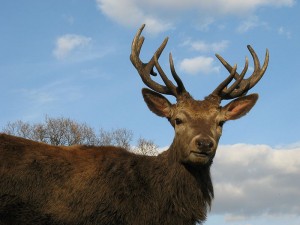
One Big Meal
Even though the Red Deer is quite large, they still have to be on the lookout for even larger predators. What could possibly take down a 530 pound animal? Well, there are a few species, depending on the continent. For instance, in Europe, they need to be worried about wolves and brown bears with the calves being preyed on by the Eurasian Lynx and Wild Boar. Meanwhile, the species living in Asia have to be on the lookout for the ever deadly, Leopard. Oh and no matter where they are living, humans tend to be a major predator of the Red Deer.
Defensive Minded
Sure, the Red Deer has predators but they also have a pretty decent defence mechanism. Remember those fast growing antlers? Well, those make for a great weapon that predators need to be aware of. As well, both males and females have a pretty good front kick that is capable of injuring a would be attacker. When the males lose their antlers at the end of winter, they will often form bachelor groups. These groups allow for added protection as it is much more difficult to take down a herd of deer compared to chasing down an individual.
Obviously, this herding technique doesn’t prevent humans from shooting the deer but evolution is only able to work so quickly. Maybe in a few more years, these deer will have adapted a new defence mechanism to deal with those pesky people.


